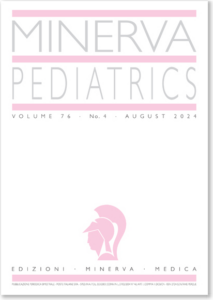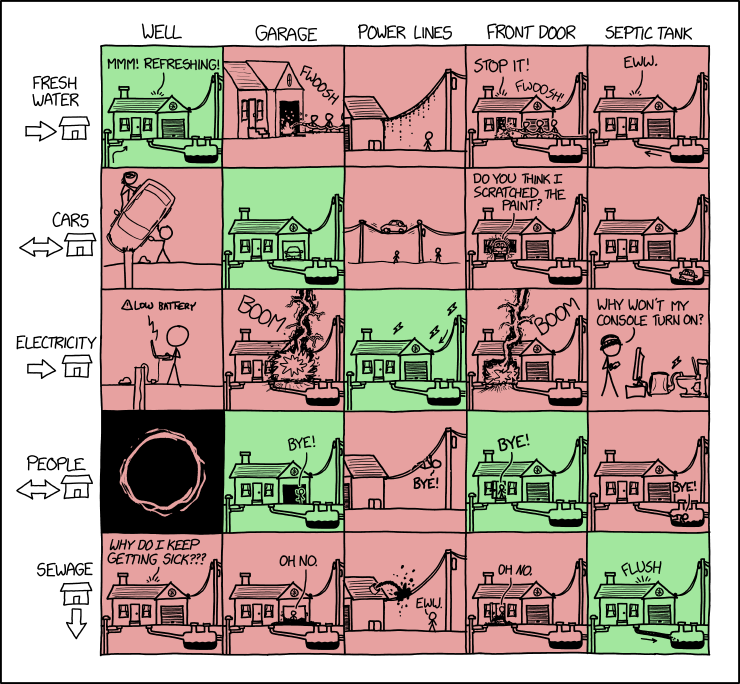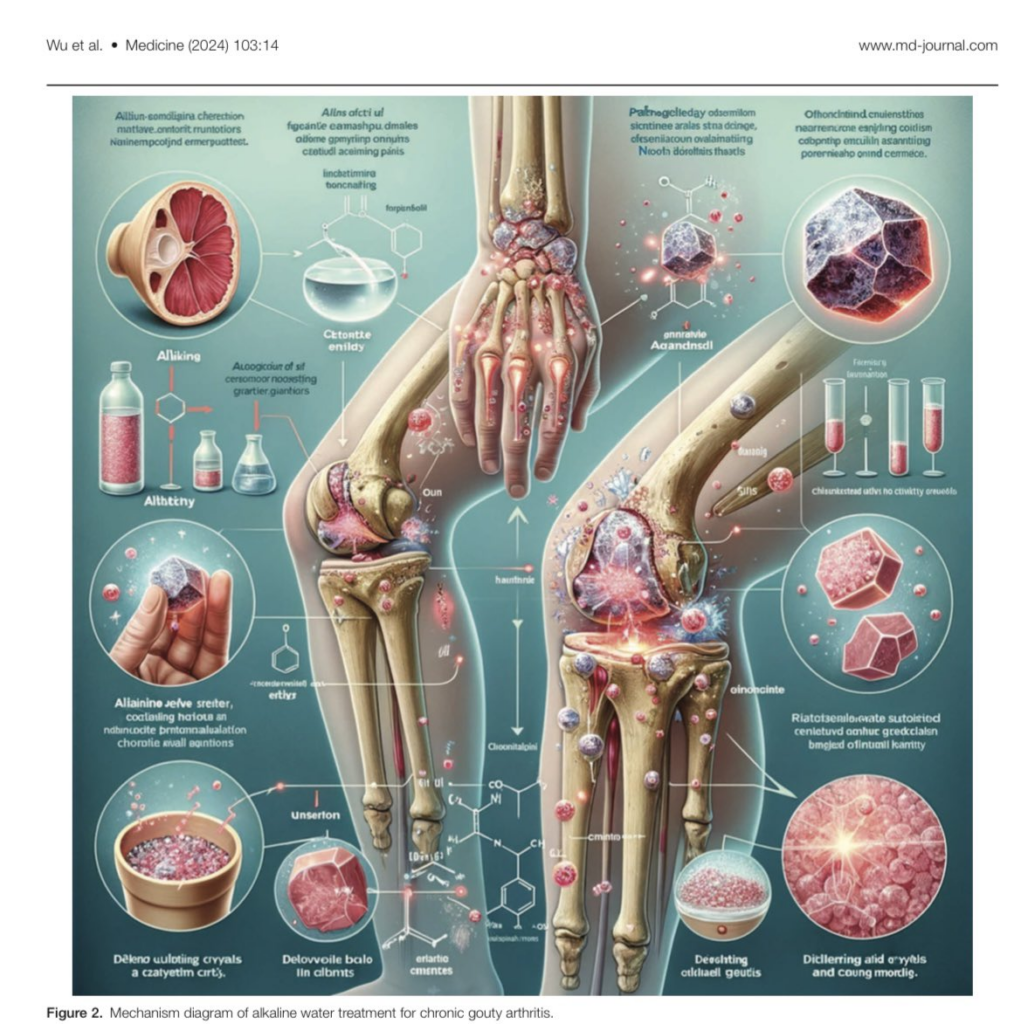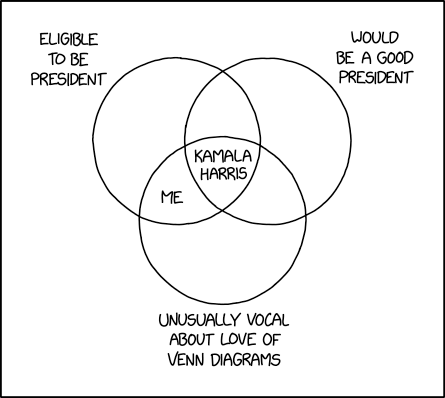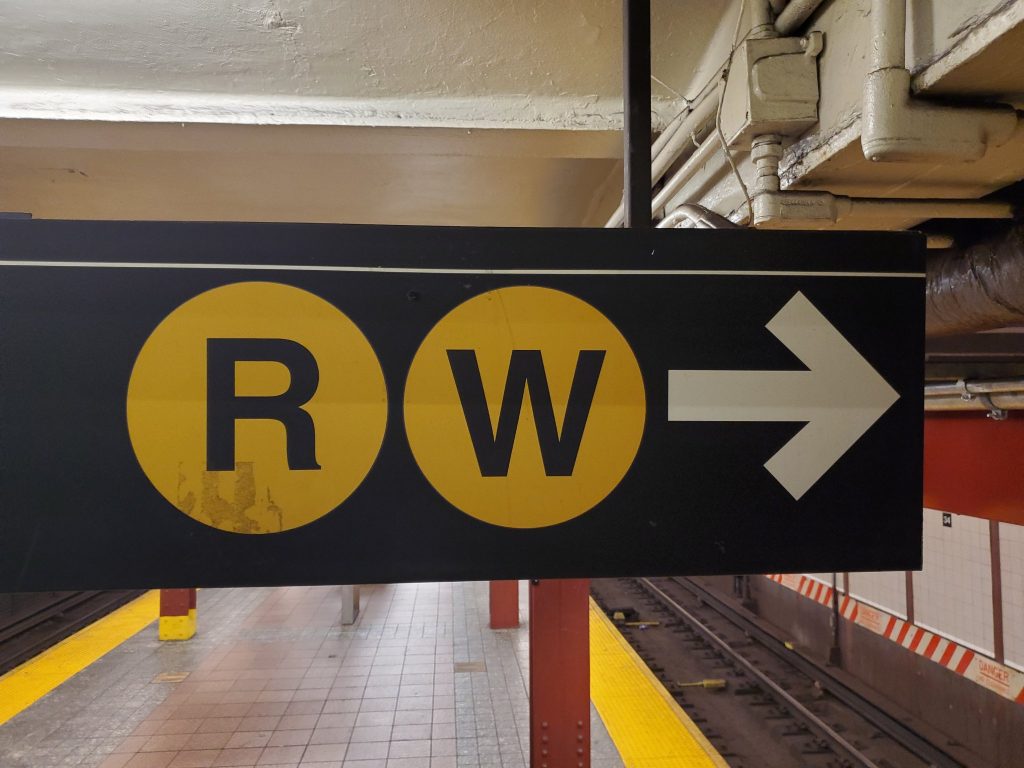The BoCP program hosted a Virtual Office Hours July 8th to discuss the program and answer questions from community members. If you were unable to attend, here are some of the questions asked during the Q & A section:
How do you define Functional Biodiversity?
We realize that functional biodiversity has been defined many ways. In the context of the BoCP solicitation, Functional biodiversity refers to the numerous roles of traits, organisms, species, communities, and ecosystem processes in natural systems. Functional biodiversity also includes the roles of emergent properties and processes across all levels of biological organization. We emphasize that successful BoCP proposals will integrate evolutionary and ecological aspects of functional biodiversity (please see the solicitation-specific criteria in the solicitation).
Does “a changing planet” mean specifically climate related changes (i.e., warming, changes in precipitation), or will proposals that look at human management choices or land use change also fit the idea of changing planet?
In the context of the BoCP solicitation, environmental change includes, but is not limited to, climate change.
Do you have to submit a Design Track before an Implementation Track proposal?
No, you do not. If your project team and ideas are sufficiently developed you may directly submit to the Implementation Track.
Are there limits on the activities of the Design grants? Specifically, can much of the Design grant budget fund data collection (going beyond meetings and collecting preliminary or “proof-of-concept” data)?
Design proposals are aimed at building new teams with no prior collaborative history and must combine specific team-building activities over the three years of the project with the development of creative research and technical approaches that start to address critical, but perhaps untested, novel, or high-risk aspects of functional diversity and biodiversity dynamics in the context of changing environmental conditions.
Are there any differences in required components between design track and the implementation (e.g. review of SAIF plan, project management and mentoring plans etc.) or are they identical?
There is no difference in the required documents. For Design track proposals, the project description must describe how building a new team is combined with the development of creative research and technical approaches that start to address critical, but perhaps untested, novel, or high-risk aspects of the functional axes of biodiversity. Successful Design track proposals will articulate how the team formation includes diverse perspectives and approaches, collaboration, and coordination strategies. For Implementation track proposals, the project description must describe how the proposed research has a high potential to engender substantial research advances in understanding functional biodiversity on a changing planet, and clearly articulate a compelling vision of advances beyond existing efforts.
What is typical size of an Implementation Track Budget?
As with our Core programs, we encourage PIs to request the budget they need to successfully complete the project. The budget should be carefully and clearly justified to make the relationship between the scope of the work and the size of the budget as clear as possible.
Can you have partnerships involving more than one of the formal international partners or collaborators that are not from countries represented by one of the international partners?
Yes. Multilateral collaborative proposals, involving NSF and more than one international partner among NSFC, FAPESP, and NRF will also be considered.
The agreements with the National Natural Science Foundation of China (NSFC), the São Paulo Research Foundation (FAPESP) of Brazil, and the National Research Foundation (NRF) of South Africa do not preclude other international collaborations (see solicitation for additional details). Do note, for proposals that include funding to an International Branch Campus of a U.S. Institute of Higher Education or to a foreign organization or foreign individual (including through use of a subaward or consultant arrangement), the proposer must provide the requisite explanation/justification in the project description.
If you have a collaboration with one of the formal international partners, does the research necessarily have to take place in those countries?
Proposals including partnerships with the National Natural Science Foundation of China (NSFC), the São Paulo Research Foundation (FAPESP) of Brazil, and the National Research Foundation (NRF) of South Africa must meet the eligibility requirements of those organizations. There is no specific requirement that projects including international partners take place in those countries.
For the international collaboration, do the collaborating funding agencies (e.g., National Natural Science Foundation of China) review the proposals separately or are they obligated to fund if the proposal succeeds at NSF?
In each case, the NSF submission must be mirrored by a proposal submitted to the partner agency. We strongly encourage the international PIs to confer with the international program officer(s) on the documentation needed for the international submission prior to the international agency’s submission deadline.
As I understand it, the NSF’s BoCP solicitation document says that the NRF-South African submission should be exactly the same as the NSF submission, is this correct?
Yes, for US-South Africa joint research projects, an identical scientific research project description must be submitted to NSF by the U.S. researcher, and to NRF by the South African collaborator(s). The proposal budget submitted to NSF should include only the costs of U.S. participants; the anticipated budget for South African participants should be submitted as a supplementary document.
What is a SAIF plan and when is it required?
All proposals submitted to this solicitation that include research that will be conducted off-campus or off-site must submit a Safe and Inclusive Fieldwork (SAIF) Plan as a supplemental document that will be considered under the broader impacts review criterion. Off-campus or off-site research is defined as data/information/samples being collected off-campus or off-site, such as fieldwork and research activities on vessels and aircraft. A more detailed description of the SAIF Plan is in the BoCP solicitation: https://new.nsf.gov/funding/opportunities/biodiversity-changing-planet-bocp/nsf24-574/solicitation#prep and further information on SAIF plans can be found at https://www.nsf.gov/pubs/2023/nsf23071/nsf23071.jsp.
Can proposal teams include Senior Personnel from international institutions that has an adjunct position at a U.S. institution? Could post-docs apply these projects as CO-PIs?
This would be up to the institution at which the adjunct or postdoctoral appointment is held.
Is postdoc/graduate student mentoring plan required?
Any proposal that requests funding to support postdoctoral scholars or graduate students must include a Mentoring Plan. See https://new.nsf.gov/policies/pappg/24-1/ch-2-proposal-preparation#ch2D2i-i for more details.
Can one be a co-PI on one proposal and a PI on a second application?
Yes. There are no restrictions or limits on the number of proposals per organization or the number of proposals per PI or co-PI.

